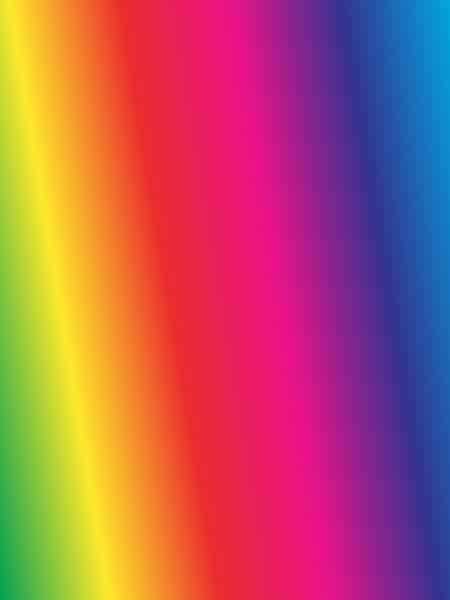Vision Therapy
Syntonic Light Therapy

Vision Therapy / Syntonic Light Therapy
Syntonic Light Therapy and Constricted Functional Vision
A person with functional vision problems often has a constricted visual field. A constricted visual field means that in cases where there exists an excess of visual information coming into the eyes, the visual field often reduces in size, affecting the amount of visual information that a person can see and understand.
Most Common Symptoms
- The most common symptoms associated with reduced visual fields are words moving/merging and skipping lines/words.
- Constricted visual fields also affect one’s visual-spatial awareness: the ability to perceive accurately and judge where objects are in one’s visual space world.
- Symptoms can also include poor eye/hand/body coordination which often results in poor organizational skills, poor handwriting, clumsiness and an overall “lost in space” effect or appearance.
How Does Syntonic Light Therapy Work?
When light enters the eye, it not only creates images, but also travels throughout the brain, reaching the pineal gland and the hypothalamus. These parts of the brain are responsible for the body’s hormones and chemical balances, which affect one’s vision. Studies have found that applying light to these regions can stimulate the brain, and help restore the body’s nervous system, which can help improve one’s vision problems. This state of “restored balance in the body” is known as syntony, hence the name syntonics.
 The light therapy utilizes a variety of colors on the spectrum. For example, colors such as orange, yellow, and red are used to stimulate the sympathetic nervous system (SNS). And, high frequency colors, such as blue and violet are used to stimulate the parasympathetic nervous system (PNS). Our SNS is responsible for controlling the “fight or flight” response, and when our body feels threatened, our pupils become dilated. While our PNS controls our homeostasis state, making our pupils constrict.
The light therapy utilizes a variety of colors on the spectrum. For example, colors such as orange, yellow, and red are used to stimulate the sympathetic nervous system (SNS). And, high frequency colors, such as blue and violet are used to stimulate the parasympathetic nervous system (PNS). Our SNS is responsible for controlling the “fight or flight” response, and when our body feels threatened, our pupils become dilated. While our PNS controls our homeostasis state, making our pupils constrict.
Prior to his or her syntonic light therapy, we will perform multiple vision tests to determine the most successful syntonic treatment. These tests include pupil reaction and functional vision field. Based on the findings of these tests, our team of vision specialists chooses which color to show the patient based on his or her visual condition. Red and orange is often used to treat lazy eyes, and green or yellow is commonly used for pediatric patients. The blue spectrum can help improve a patient’s focus while reading or doing near work. How? The light can help decrease an individual’s excess adrenaline, reducing anxiety and distress and helping them remain calm and focused.

Syntonic light therapy has been found extremely successful in treating patients with the following conditions: amblyopia, strabismus, visual attention deficit, vision-related behavioral and learning problems, convergence issues, traumatic brain injury, etc. Patients typically receive a minimum of 20 sessions of light therapy. Some receive it over the course of one month while others receive it over the course of two or more months depending on the severity of their condition.
CONTACT US
Vision Care & Therapy Center

Dr. Janna Iyer, FCOVD
Dr. Alayna Larsen
11735 Pointe Place
Roswell, Ga 30076
678-256-3990
Office Hours
Mon-Thu 9:00am-6:00pm
Fri 9:00am-1:00pm
Appointments
678-256-3990
Patient Infomation
